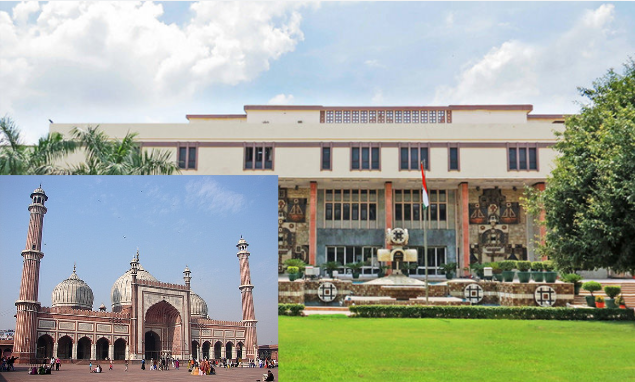New Delhi: The Delhi High Court has directed the Archaeological Survey of India (ASI) to file an affidavit detailing the current status of the Jama Masjid as a protected monument, including its current occupants, maintenance efforts by the ASI, and details about revenues generated and utilized, as per a report by the Live Law.
A division bench comprising Justice Prathiba M. Singh and Justice Amit Sharma issued this order in response to petitions seeking the designation of Jama Masjid as both a protected monument and a World Heritage Site. The petitioners alleged that the Union of India, the ASI, and the Government of NCT of Delhi had failed to protect, preserve, and develop the historic mosque, also criticizing the Delhi Wakf Board for neglecting its statutory responsibilities.
In 2017, the court had asked the ASI and the Ministry of Culture to produce documentation explaining the decision not to declare Jama Masjid as a protected monument. On August 28, 2024, the court reiterated this demand, but the requested files have not been submitted to date.
On September 27, 2024, an ASI official presented some documents, but the court found them lacking key information regarding the monument’s protected status. As a result, the court instructed a senior ASI official to present the original files at the next hearing.
The petitions also raised concerns about the appointment of Maulana Sayyed Ahmed Bukhari as the Shahi Imam of Jama Masjid, questioning the legality of his use of the title. The petitioners further challenged the appointment of Bukhari’s son as Naib Imam, arguing that Bukhari had no legal authority to make such an appointment. In a 2014 ruling, the High Court had stated that the appointment of Bukhari’s son would not create any legal rights for anyone involved.
The case, titled Suhail Ahmed Khan vs. Union of India & Ors (W.P.(C) 7869/2014), continues to raise important questions about the management and preservation of one of India’s most iconic historical landmarks.




